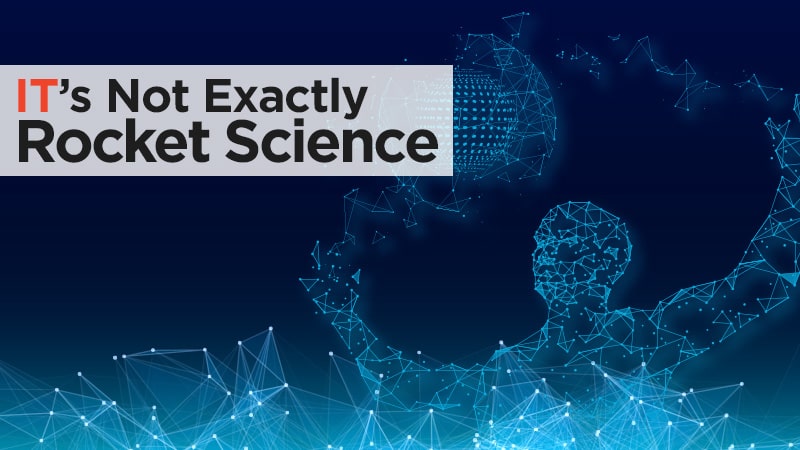Cheaper, Faster, Smarter: Welcome to the Age of Software Defined Everything

The benefits of Software Defined Everything (SDE) – in which a physical infrastructure is virtualized and delivered as services on demand – will change the way we design, build, and test new applications. In a virtual environment, operational costs drop precipitously as the pace of innovation accelerates. Containerization – a way to virtually run separate applications without dedicating specific machines for each application – allows organizations to build, fail, test, repair, improve, and deploy new apps at a breakneck pace. Application Programming Interfaces (APIs) allow us to build and reuse other peoples software packages quickly and inexpensively.
What’s the growth path for programmers in the US? I’ve seen many numbers and predictions, and I think most are too conservative. Why? Because the nature of “programming” is expanding. JPL, NASA, Facebook, Uber, etc., all employ traditional software engineers. And we will still need even more. But what about all those who program Alexa or Google Home, or program their 3D printers, or their home automation systems, or compose music on their computers? They are using software to define their environment and that’s the essense of SDE, where everything becomes programmable or configurable.
If programming will become democratized, what will be the most popular languages? Today, Python seems to be growing the fastest. Tomorrow, I think it’ll be APIs that will prove the most valuable because they can access pre-written software libraries and change their own environment in minutes. This assumes that people can get to the underlying data and combine it with other data. The cloud will come to the rescue as most data will already be stored there. The companies that are able to take advantage of this agilty – and use data from inside and outside their organizations – will quickly establish a competitive advantage.
If an environment can be accessed through software, it can be automated through artificial intelligence (AI). The combination of: data available in the cloud; accessible APIs; Internet of Things; automation skills; AI skills; open source code available; and distributed serverless computing to inexpensively execute the automation will speed progress towards a self-configuring and self-healing environment for the companies that will become the leaders.
SDE, for example, is one of the most technologically revolutionary things we’re adopting as it promises to dramatically decrease the cost and increase the agility of dealing with our networks. The cloud enables these changes, in part, because capacity and bandwidth can be sliced on the fly. It’s a departure from what we see today, where network engineers set up a physical infrastructure that can be narrowly used by specific people for specific purposes.
SDE touches upon every aspect of an organization’s technology strategy, ranging from security to storage. It will allow systems administrators to view and manage an entire network over a single screen. Increasingly, it also allows networks to run themselves, particularly in cases where there is simply not enough manpower for the job. Netflix, for example, found, in at least one region, it was making a production change every 1.1 or 1.2 seconds. The solution? The company built a self-healing network that automatically monitors production environments and makes real-time operational decisions based on problems that are identified through AI.
The move toward SDE also means that proprietary technology – such as application programming interfaces (APIs) – will become differentiating factors for businesses. In fact, it will become so important, we may see programming taught in schools, along with reading, writing, and arithmetic. Those coding skills could be used to customize anything, from home appliances to self-driving cars.
It’s reasonable to assume that in the not-too-distant future, federal agencies will run software-defined networks that are auto-scaling, self-fortifying, and self-healing. As precious resources are freed up, government organizations can better solve real-life problems, closer to agencies’ missions, and further away from the labor-intensive effort of maintaining a physical infrastructure. And, of course, it doesn’t hurt that it will save the government millions of dollars in the process.

Tom Soderstrom is the IT Chief Technology and Innovation Officer at the Jet Propulsion Laboratory (JPL). He leads a collaborative, practical, and hands-on approach with JPL and industry to investigate and rapidly infuse emerging IT technology trends that are relevant to JPL, NASA, and enterprises.
